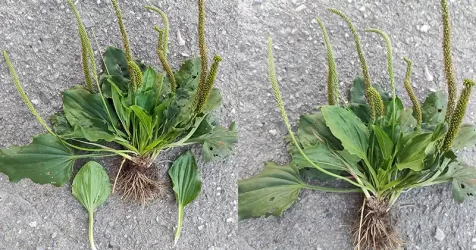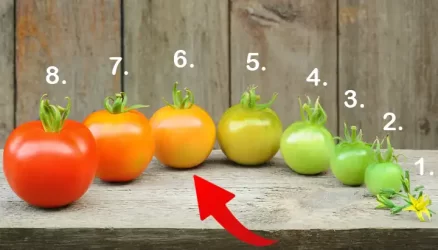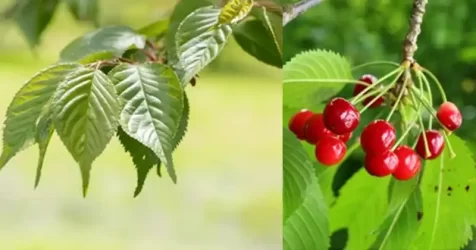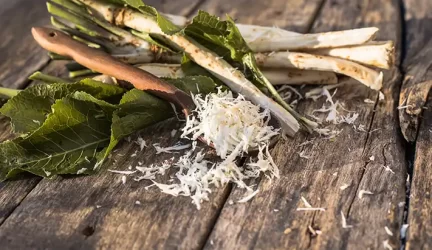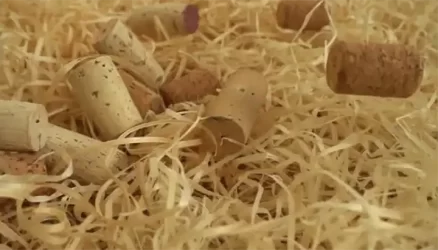Propagating Roses from Cuttings: Unlocking the Secrets of Successful Cloning
Have you ever admired a splendid plant in your backyard or a neighbor’s captivating rose bush that stole your heart? If you wish to multiply that beloved floribunda and cherish it forever, stem cutting propagation is the way to go.

While propagating roses from cuttings can be an exciting endeavor, it’s essential to acknowledge that the success rate typically ranges between 50 and 75 percent. Even the most skilled rose cultivators face challenges in achieving a higher success rate.
But fear not! With our comprehensive guide, you’ll be closer to the higher end of the success rate spectrum. We’ve gathered the finest advice and experiences from rose growers worldwide to help you master the art of propagating roses from cuttings.

1. Optimal Timing for Cuttings
The ideal time to take cuttings depends on various factors, such as your location, climate, objectives, and situation. While late winter or early spring is commonly suggested, conflicting advice exists, with some advocating summer or fall.
In general, the highest success rate occurs under mild, cool, or warm conditions. Avoid extreme weather, including freezing cold or scorching heat. Depending on your region, spring and fall are usually the best times for temperate zones, while winter works in areas without freezing concerns.
Taking cuttings in the fall, after the blossoms have withered, has proven successful for many. However, this method requires keeping the starts indoors during winter.
For those who prefer rooting cuttings directly in the garden, do it in the spring after new growth appears. This method can be convenient when you don’t want to maintain a plant indoors for months. Outdoor-started cuttings often acclimate better and grow faster than those transplanted from indoors.

2. Preparing the Cuttings
Before you start, ensure that the plant you’re taking the cuttings from is healthy and free from rust, mildew, fungus, insect infestations, or other diseases. If you notice any of these issues, avoid taking a cutting from that plant.
Select fresh new growth, which is often red or purple. Some red or young growth is acceptable, but the majority of the stem where you’ll cut should be green. Avoid old, woody stems or overly soft, pliable material, as they generally don’t root effectively.

For fall cuttings, look for a stem with a faded flower or even the beginnings of a hip, with at least six sets of leaves. Use a clean, sharp knife or clippers to take an eight to nine-inch piece from an area with pencil-thick growth. Make the cut at a 45-degree angle and repeat as needed.
Stay tuned for the next part of our guide, where we’ll delve into the propagation process and nurturing your cuttings into thriving roses.


